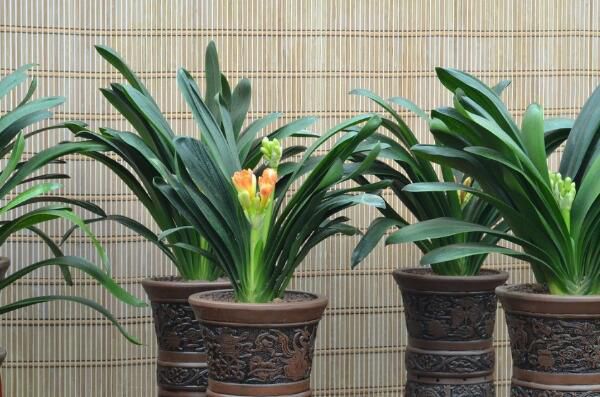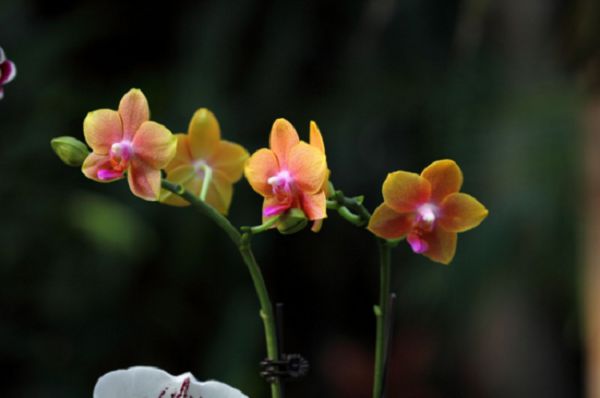Plant culture is very easy to lead to rotten roots, gentleman orchid rotten roots how to do?

Cymbidium is a kind of ornamental plant widely used in home, company, outdoor activities and other places, but it is precisely because of the extensive use of reasons that the maintenance of Cymbidium in breeding is easy to be ignored. Under the invisible soil, Cymbidium is extremely prone to rot. When the orchid begins to rot, the most obvious thing is that it will be shown through its leaves.
The reason for the rotting Root of Gentleman
High temperature, high air humidity, poor ventilation in the room or place, resulting in perishable fleshy roots; excessive moisture, large amount of water in nutritious soil, poor air permeability, root soaked in water for a long time, resulting in root discoloration and decay; soil quality is not good, bacterial breeding causes root ulcers.
Excess fertilizer, fertilizer in the nutritious soil is not fully fermented, resulting in fever causing root burning, resulting in rotting root; improper fertilization of Magnolia during the growing period, excessive amount of fertilizer, resulting in fertilizer contact with the root, resulting in root burning, affecting root absorption, root tissue is destroyed, resulting in rotting root.
When the root is transplanting and changing the basin, when it is injured and broken or rotted, the rotten fleshy root must be completely eliminated, then coated with charcoal powder or fine furnace ash to dry, and then cultivated in the pot to prevent the injured root from directly contacting the nutritive soil to cause bacteria to grow rotten root; when transplanting and changing the pot, a pot with poor air permeability and water permeability is used to cause root rot.
The solution to the rotting Root of Gentleman
The quickest solution is to remove and cut off the rotten roots, smear the wound with charcoal powder or fine furnace ash, or rinse the roots with potassium permanganate water, preferably under the sun to sterilize with ultraviolet rays; if there are too many rotten roots, you can cut off most of them and put them into fine sand to promote roots.
Or use the rotten leaf soil as the culture soil to re-cultivate the rotten root of the gentleman orchid, rinse the fleshy root with clean water twice, pinch off the rotten root, and still smear charcoal powder or fine furnace ash on the wound. After drying in the shade for two hours, plant it in the rotten leaf soil, place it in a semi-shady place, water it at the right time, keep it moist, and grow new roots after half a month.
Also remember that the orchid should not apply too much fertilizer, otherwise it will cause the root system to burn and cause rot; watering should also be appropriate, because too much water content of the nutritious soil will be too large, the permeability will be poor, and the root system will be difficult to breathe, thus rotting the root. What is more important is not to pour water on the heart of the orchid.
- Prev

Orchid culture methods, flower friends two years of orchid culture experience sharing
Orchid culture methods, flower friends two years of orchid culture experience sharing
- Next

Prevention and Control of Root Rot of Cymbidium in Spring and Summer
Prevention and Control of Root Rot of Cymbidium in Spring and Summer
Related
- Is the orchid suitable for indoor use? Is it good for the body?
- How to prevent the empty root of orchids?
- What to do after the crab claw orchid is withered?
- Why are the leaves of orchids always yellow? Fertilizing and watering.
- Can the root of the gentleman orchid be saved if it is rotten?
- Diagnosis and treatment of cotton-blowing beetle insects in Cymbidium
- There is a way for a gentleman's orchid to rot.
- What is the most suitable temperature and humidity for the orchid?
- How to raise a gentleman's orchid? Cultivation techniques of Cymbidium
- How to prepare the nutritive soil for the cultivation of Cymbidium

